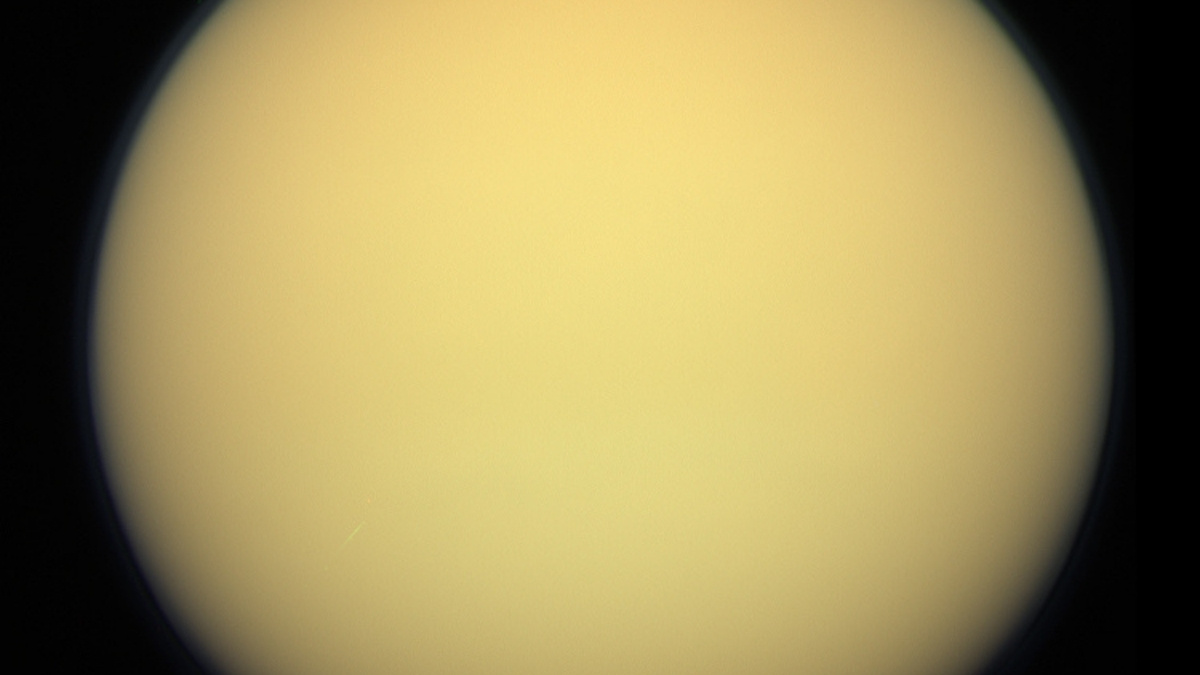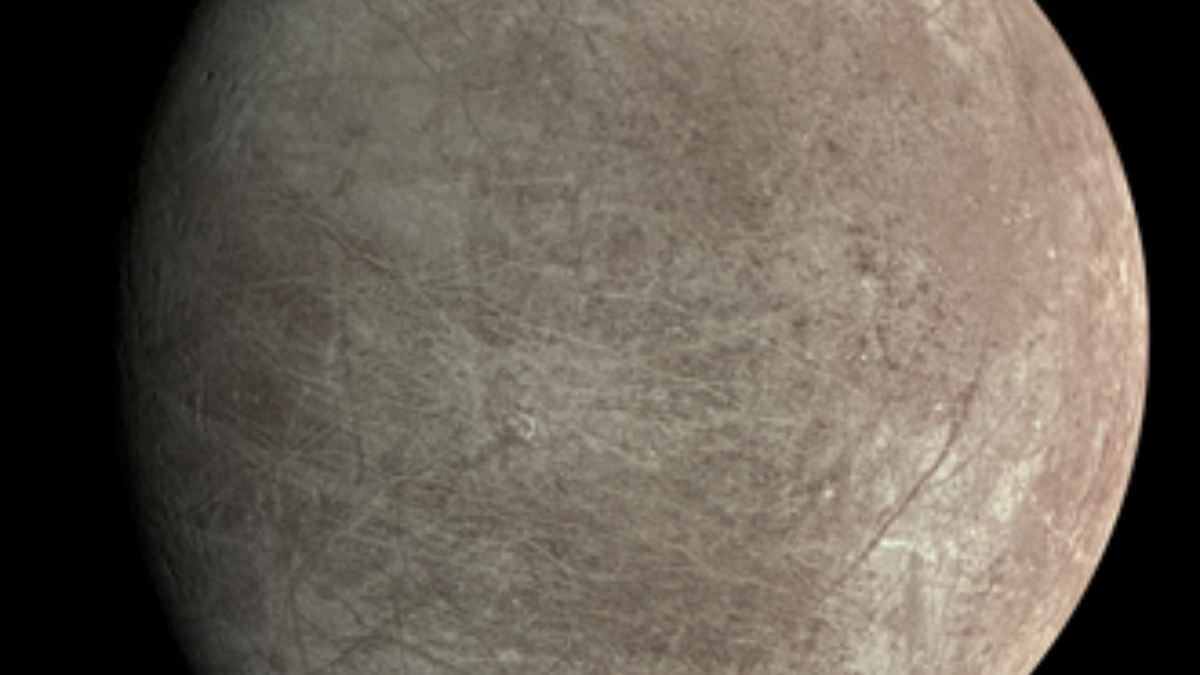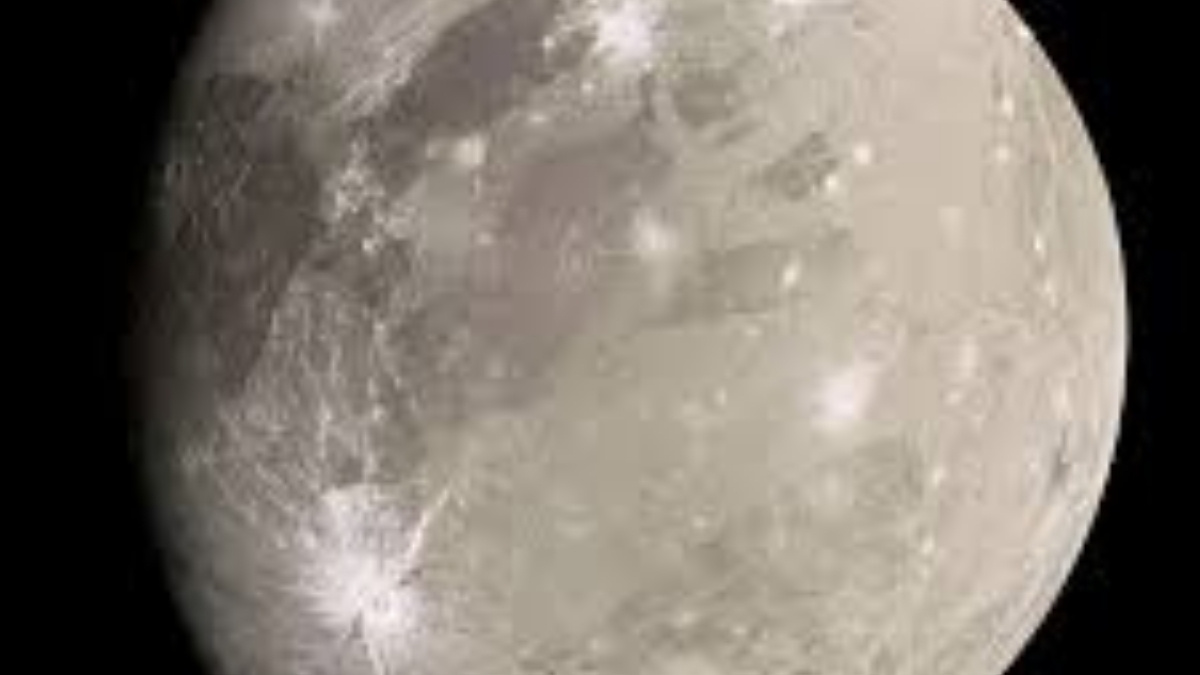Rarest Moons in the Solar System: Did you know? NASA, the ISS, and the James Webb Space Telescope (JWST) are constantly observing the rarest moons in the solar system? The purpose behind this research is to reveal secrets about our cosmic neighbourhood. From Titan’s mysterious surface to Triton’s retrograde orbit, these celestial bodies hold stories about the origins of the solar system.
You must know that Moons are not just satellites, but they are also natural laboratories. They showcase unique moon phases, volcanic activity, and even possible oceans beneath their icy shells.
List of 9 Rarest Moons in the Solar System and Why They Are Rare
The solar system is home to a fascinating array of moons, but some stand out due to their extraordinary features, unique orbits, or potential for life. The table below highlights the 9 rarest moons in our solar system. It also tells why each one is exceptional and continues to intrigue astronomers worldwide.
| S. No | Moon | Planet | Why It's Rare? |
| 1. | Titan | Saturn | Closest Earth-like moon, studied by Cassini & James Webb |
| 2. | Europa | Jupiter | High potential for life, planned NASA/ESA missions |
| 3. | Ganymede | Jupiter | Bigger than Mercury, unique magnetic field |
| 4. | Io | Jupiter | Surface reshaped constantly, “weird moon tonight” views |
| 5. | Enceladus | Saturn | Strong candidate for hosting life |
| 6. | Triton | Neptune | Unusual orbit, one of the coldest worlds |
| 7. | Phobos | Mars | Irregularly shaped, will crash into Mars in future |
| 8. | Callisto | Jupiter | Preserves early solar system history |
| 9. | Charon | Pluto | Rare binary system moon-planet relationship |
(Source: NASA Science)
Here are the 9 rarest moons in the solar system, which you must know about:
1. Titan: Saturn’s Largest Moon

(Credits: Wikipedia)
Often called the biggest moon in the solar system after Ganymede, Titan is Saturn’s most famous moon. What makes Titan rare is its dense nitrogen-rich atmosphere and methane lakes. NASA’s Cassini mission revealed Titan’s surface, while the James Webb Telescope is providing fresh insights into its climate. Titan is often searched for as Saturn’s moon Titan or the Titan planet due to its planet-like qualities.
2. Europa: Jupiter’s Icy Ocean World

(Credits: Wikipedia)
Europa’s icy crust covers a suspected ocean beneath, which makes it one of the most beautiful moons in the universe. It may host microbial life, and both NASA and ESA have missions planned to explore its habitability. Moreover, its unique phases often puzzle astronomers as its surface constantly reshapes.
3. Ganymede: The Largest Moon in the Solar System

(Credits: Wikipedia)
Ganymede, a moon of Jupiter, holds the title of the largest moon in the solar system. It is bigger than Mercury and has its own magnetic field. It is something that no other moon possesses. Even scientists working with the ISS and telescopic imaging continue to study its surface for water ice.
4. Io: The Volcanic Moon of Jupiter
Io is the volcanic moon of Jupiter and is famous for its weird moon appearances. It is due to its constant volcanic eruptions. In addition, it is the most geologically active body in the solar system, and reshapes its surface every year.
5. Enceladus: Saturn’s Ocean Plume Moon
Enceladus looks like an icy ball, but beneath its crust lies a liquid water ocean. It shoots water vapour plumes into space, making it a top candidate in the search for extraterrestrial life.
6. Triton: Neptune’s Backwards Moon
Triton is one of the strangest moons in our solar system. It orbits Neptune in the opposite direction of the planet’s rotation (retrograde orbit). NASA data suggests Triton may have once been a captured dwarf planet.
7. Phobos: Mars’ Tiny Moon
The smallest moon in the solar system is Phobos. It is irregularly shaped and doomed to crash into Mars in the future. Despite its size, it plays an important role in understanding Martian history.
8. Callisto: The Ancient Moon of Jupiter
Callisto is one of the oldest surfaces in the solar system, covered with craters. It’s often considered one of the most beautiful moons in the solar system due to its starry surface patterns.
9. Charon: Pluto’s Partner Moon
Although Pluto is no longer a planet, Charon remains a rare and fascinating moon. It is half the size of Pluto itself and forms a binary system, making it a unique feature in solar system studies.
Conclusion
Therefore, beginning with the Titan’s methane lakes to Triton’s unusual orbit, Charon's being binary size to Io being the volcanic moon, these rarest moons in the solar system show us the diversity of celestial bodies. With NASA, ISS, and the James Webb Telescope continuing to study them, the mysteries of these moons may one day unlock the secrets of life beyond Earth.
Also Read: List of Top 15 AI Browsers, Check for Automation & Productivity!
What is the U.S. H-1B and L-1 Visa Systems Reforms?
List of 11 Rarest Natural Phenomena in the World
To see more of such stories, you can go ahead and add this site to your preferred sources by clicking here.
Comments
All Comments (0)
Join the conversation